Some research institutes and universities have sent scientific staff to businesses, proactively discussing cooperation plans, laying the foundation for joint research projects.
For example, Traphaco Joint Stock Company has welcomed scientists to discuss cooperation in research and development of medicinal products. ThaiBinh Seed Group has also received cooperation proposals from scientists from universities and research institutes on applying technology to digital data, screening genes in plant breeding, as well as building processes to reduce greenhouse gas emissions in research and production.
The Vietnam-Korea Institute of Science and Technology (VKIST) is planning to implement a new model, which is “one company - one researcher”. The Institute’s leading experts will be sent to work directly at enterprises, grasp the production process, identify limitations in technology, labor productivity and production efficiency.
From there, they will report back to specialized research groups to propose solutions for improvement and technological innovation, contributing to improving productivity and competitiveness of businesses.
In addition, scientists will support businesses in accessing new technologies, assessing feasibility and providing guidance on technology management and mastery; working with businesses to gradually localize technology and improve technological autonomy....
Previously, there were cooperations between research institutes, universities and enterprises, but most of them were limited and not really closely linked to the practical needs of enterprises. Some enterprises said that the problems with regulations on research cooperation, especially the issue of asset valuation from projects using the state budget, made it difficult for them to receive technology transfer.
This reduces the motivation for cooperation, forcing businesses to research and develop products themselves to respond to market fluctuations. As a result, the growth rate of businesses is slowed down, opportunities to apply research results are missed, and the science and technology market is also restrained.
Many businesses believe that the successive promulgations of Resolution 57-NQ/TW of the Politburo, Resolution 03/NQ-CP of the Government and Resolution 193/2025/QH15 of the National Assembly have somewhat “quenched the thirst” for capital, technology and research cooperation mechanisms. Although they welcome and expect the efforts of research institutes and universities to bring abundant technology supply, many businesses are still hesitant.
The issue is not only cooperation, but how to cooperate to achieve real efficiency. In fact, many businesses want to have the companionship of scientists who are knowledgeable about production and business activities, have a sense of responsibility and are willing to engage in practical problems.
Only when scientists consider businesses as strategic partners, instead of just sources of funding, will science and technology truly play their role in contributing to socio-economic development. This requires scientists to transform themselves and work together to create value with businesses.
It can be said that both businesses and scientists expect a turning point in cooperation in the coming time. For these changes to create breakthroughs, there still need to be mechanisms to encourage all parties to work together. One of the important mechanisms and policies that have been "untied" is the commercialization of research results.
However, many businesses and scientists believe that specific guidance is needed, especially on whether or not to apply the Law on Public Asset Management and Decree 70/2018/ND-CP to intellectual property that is the result of scientific research; if applicable, it must be clearly stated how to apply it. Only then can research organizations, universities and businesses proactively and flexibly exploit intellectual property and promote technology commercialization activities.
Source: https://nhandan.vn/tu-nghi-quyet-57-nqtw-cua-bo-chinh-tri-gan-ket-khoa-hoc-voi-san-xuat-post872748.html



![[Photo] Prime Minister Pham Minh Chinh meets with US business representatives](https://vphoto.vietnam.vn/thumb/1200x675/vietnam/resource/IMAGE/2025/5/13/5bf2bff8977041adab2baf9944e547b5)



![[Photo] President Luong Cuong attends the inauguration of the international container port in Hai Phong](https://vphoto.vietnam.vn/thumb/1200x675/vietnam/resource/IMAGE/2025/5/13/9544c01a03e241fdadb6f9708e1c0b65)
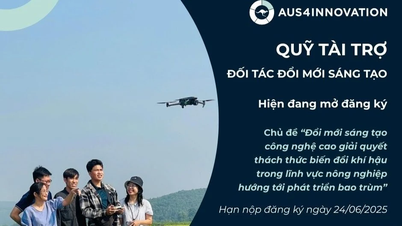
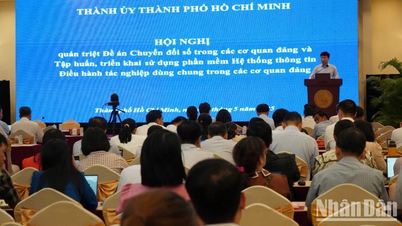

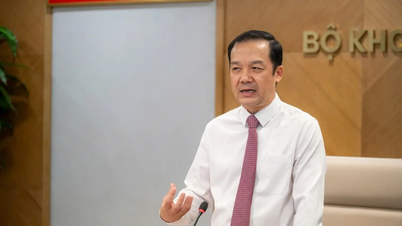






![[Photo] President Luong Cuong attends the inauguration of the international container port in Hai Phong](https://vphoto.vietnam.vn/thumb/402x226/vietnam/resource/IMAGE/2025/5/13/9544c01a03e241fdadb6f9708e1c0b65)
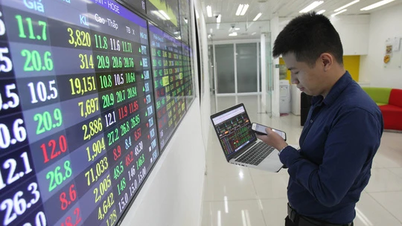
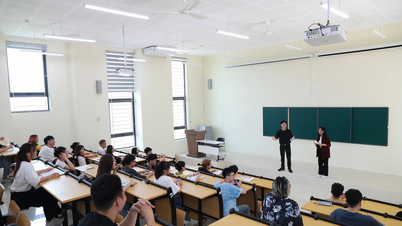
![[Video] Four Vietnamese students won medals at the Mendeleev International Chemistry Olympiad](https://vphoto.vietnam.vn/thumb/402x226/vietnam/resource/IMAGE/2025/5/13/d0578baffa61400f8913f3916a728cc7)

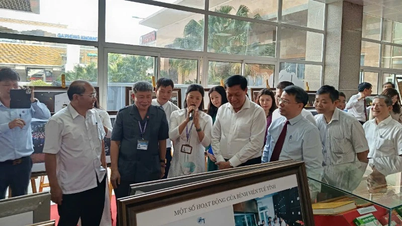




















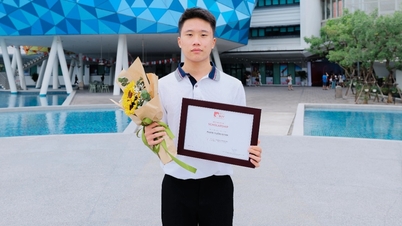




























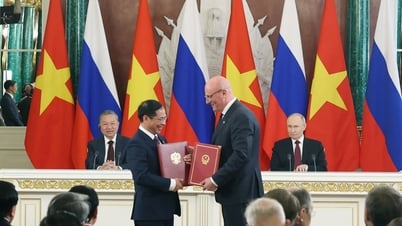


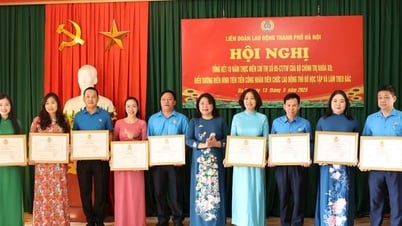



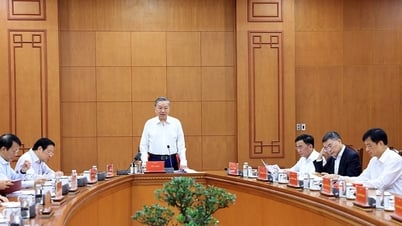













Comment (0)